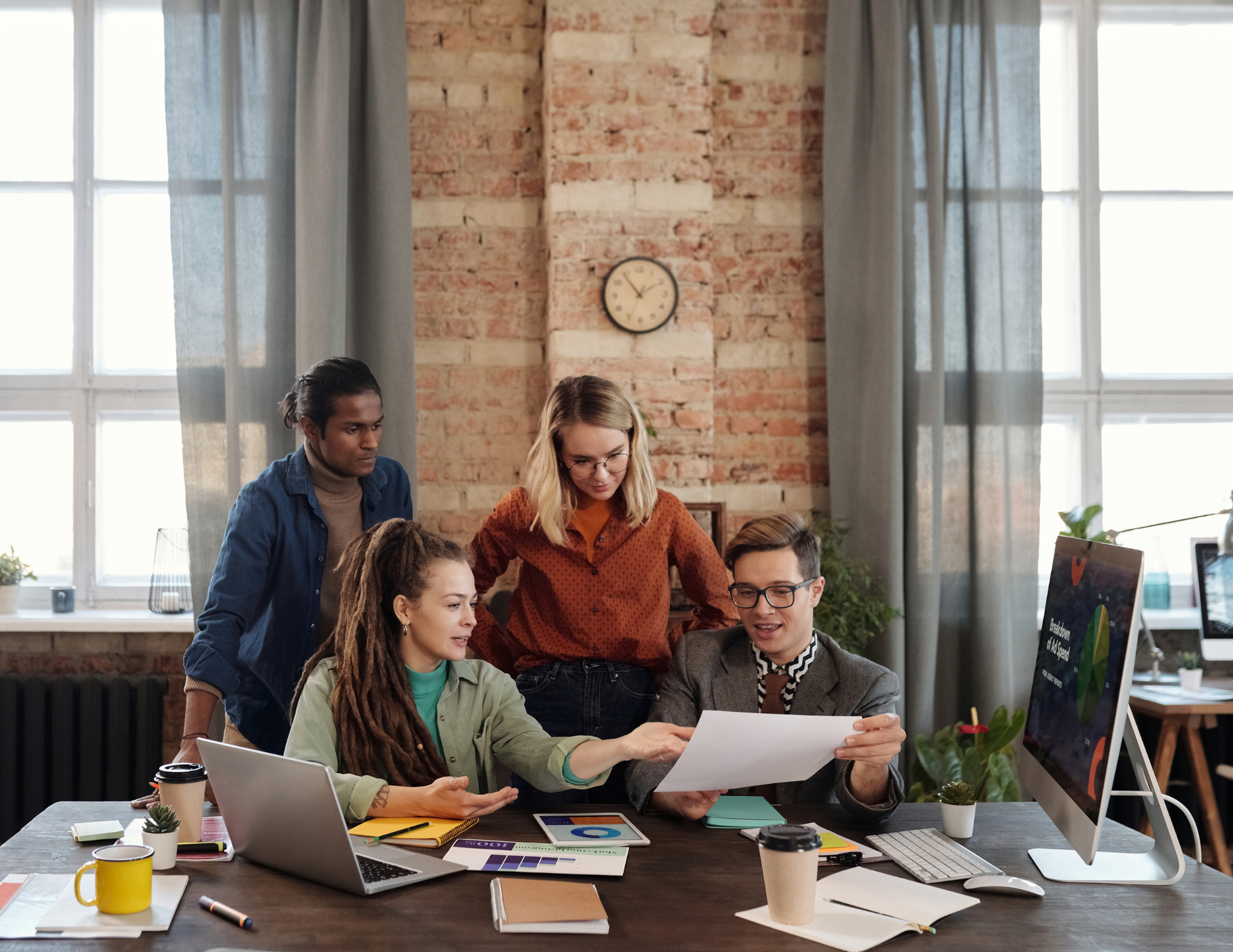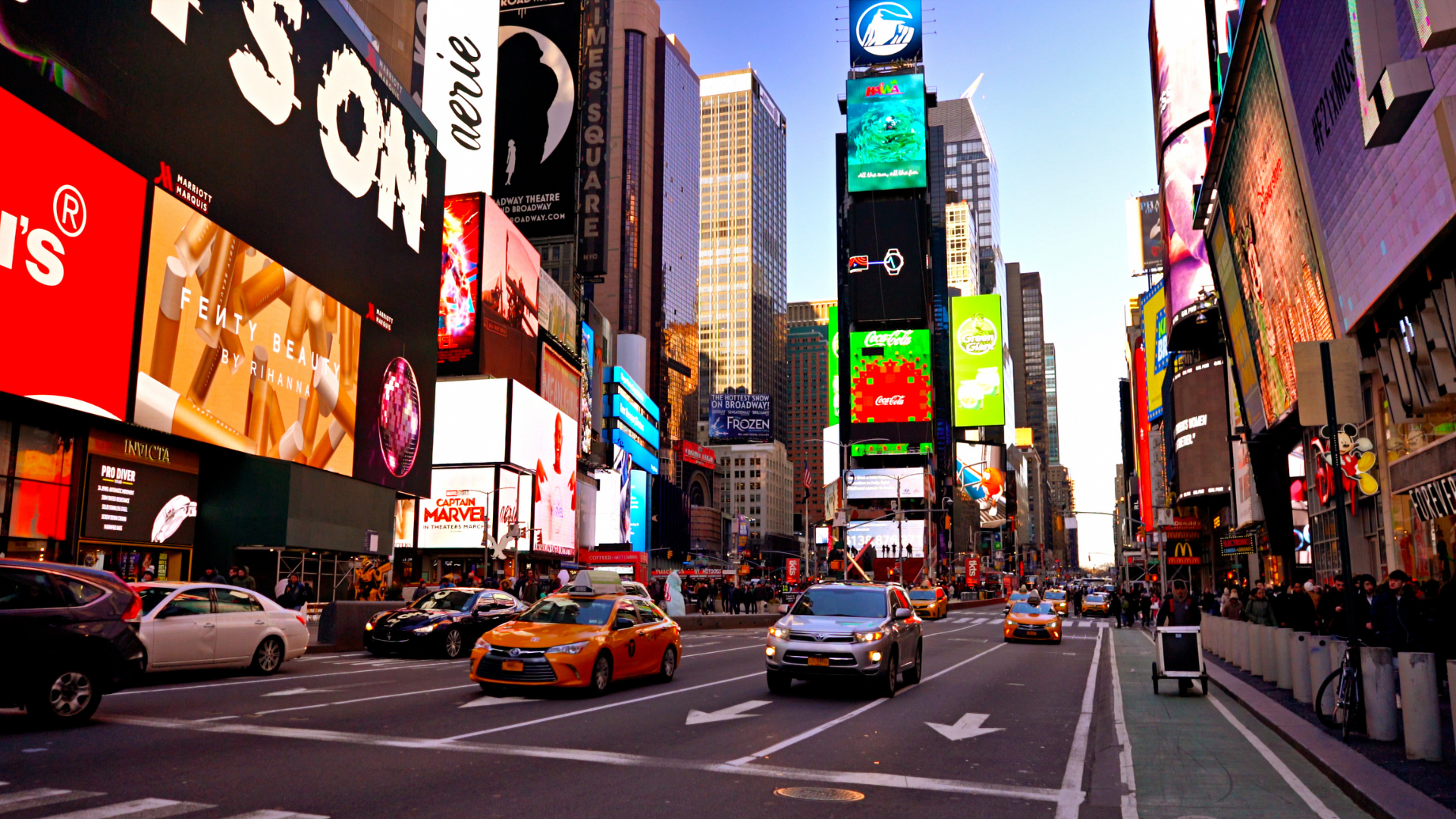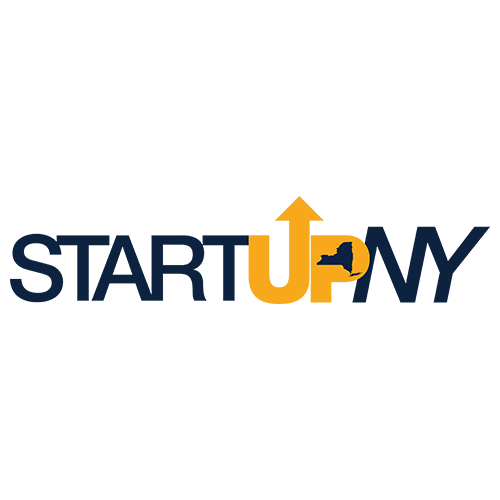Could Australia’s Social Media Ban for Under-16s Pave the Way for a New Era of Digital Regulation?
Social media is an inescapable part of modern life. From celebrities and influencers to everyday users sharing moments with friends and family, its influence is undeniable. One group that has been raising concerns in recent months over whether they should have access to social media or not is children. In response, the Australian government has proposed legislation to ban children under 16 from accessing social media platforms.
Could Such a Ban Happen in the United States?

Implementing a similar ban in the U.S. would face unique challenges due to First Amendment protections, which include children’s freedom of speech. Additionally, despite social media companies’ current claims of age restrictions, enforcement has been ineffective and could continue to pose a challenge.
Still, concerns about the impact of social media on youth are growing. A study by the United States Surgeon General agreed that social media presents a risk of harm to youth. The study found that children who spend over three hours daily on social media are twice as likely to experience mental health issues, including symptoms of depression and anxiety. Nearly half of adolescents aged 13 to 17 reported that social media negatively impacts their body image. While a ban in the U.S. is not imminent, ongoing studies and public concern could lead to similar legislation in the future.
Implication for Marketing
Contact us today for help navigating your marketing strategy in this changing digital landscape.


















